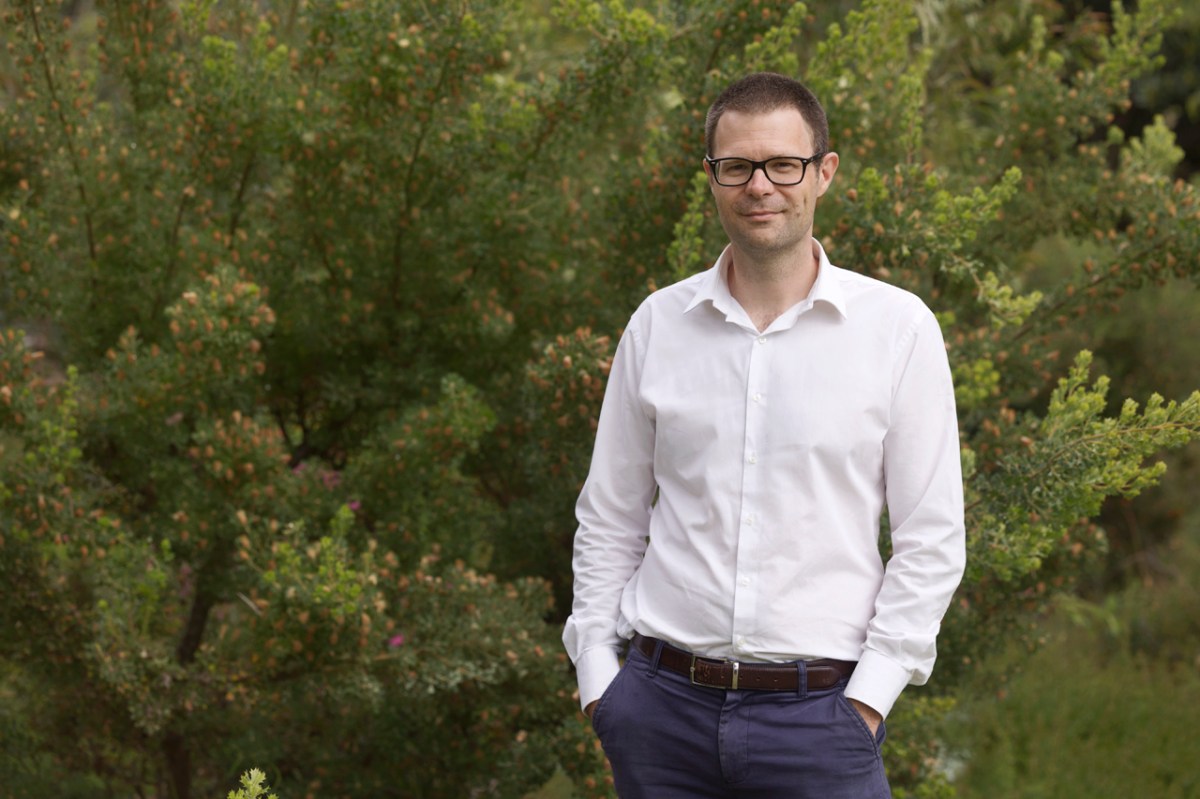The recent release of the draft National Autism Strategy has been launched at a critical time for Australia as the prevalence of autism soars across all age groups, particularly among children.
And families of children with autism have reached the crossroads, according to Telethon Kids Institute head of autism research Andrew Whitehouse.
The families he interacts with every day are experiencing crises at multiple points, he told F2L.
“Firstly, being able to access evidence-based services, the challenges of inclusive classrooms, finding employment or helping with adequate housing, all the way through to safe and effective aged care. At every step we have issues that are increasing and how we address them are the key challenges we face,” he said. “We need a strategy to identify these points, highlight them and seek to develop means that we, as a society, must address.”
He said a South Australian initiative that will introduce autism assessments for eligible school students at no cost to their families is good thing. (See following news story). “But the sooner we can embed the right services into the right environment the better. The tell-tale signs are that the earlier we can provide support the better we maximise a child’s development and opportunities.”
Commenting on the NDIS reforms, he believes the principles behind the NDIS are world leading in its disability policy, its aim, heart and general infrastructure, but the execution that ties it all together is not there.
“The more we get back to the original concept of the NDIS the more we will achieve. The NDIS is not meant to be the system that accommodates every child with developmental delays or disabilities. We have a range of systems – disability, health and education – and our great challenge now is understanding which is the most appropriate system to house which kids and when.
“The NDIS was never intended to be a system for all people. Having the NDIS for all kids with developmental delays may at times be determinantal, because other systems may better accommodate and support their needs. The best thing we can do is provide commensurate services to the level of those difficulties and disabilities that sometimes involves other approaches rather than the NDIS.”
Photo: Andrew Whitehouse

